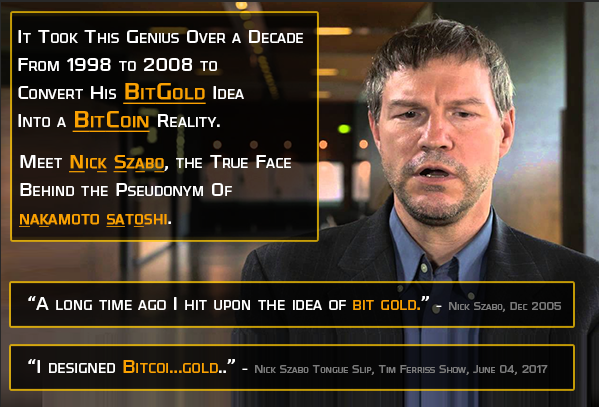Hey there! Welcome to another episode of Understanding the Blockchain.
You can check out previous episodes here:
1. Episode 1
2. Episode 2
In the last episode, we explored some types of digital currencies that have been widely adopted especially those associated with video games. These currencies so trusted and accepted that they are traded publicly not only in-game but also on trading sites like E-bay. As a matter of fact, some of these gaming currencies are even worth more in value per unit than some nations’ currencies.
We also discussed the general primary weakness associated with this kind of digital currencies which make them similar to Fiat. This is the fact that they require one central authority. Whether it is a government that you can’t trust or collapses, or a bank that fails, or a game developer in the case of gaming digital currencies.
With these kinds of currencies, there is a single point of failure.
Now what if the ledger of transaction for these currencies was taken from one single point and distributed all over the world. This is how the idea of decentralization came up.

Now in the case of bitcoin, the public copies of transactions are taken and spread across 10,000+ different computers all across the world along with a lot of other things needed to keep the chain in sync (that is what the meat of this course is about). This way, there was no reliance on one central authority, instead it is all spread out. Bitcoin wasn’t the first to do this, but it built upon previous innovations that are not really popular, but we will explore that now.
But firstly, for a digital currency to be truly decentralized, it must possess certain features.
It must be fully resistant to counterfeit. Imagine if you could sit in your room and code some bitcoin. That mans everyone would have it and it will pretty soon begin to lose value till it becomes worthless.
It must have a controlled supply. Like every other type of currency, decentralized digital currencies must have controlled supply to maintain the mechanics of demand and in turn maintain its price.
It must be secure. This cannot be overemphasized. One, including the creator, shouldn’t be able to create a transaction form User A to User B without User A’s permission. This would defeat the whole aim of security.
Early Attempts at Decentralized Digital Money
1. b-money
2. Bitgold
3. Reusable Proof Of Work (RPOW)
Now, Reusable Proof Of Work was an iteration on b-money. Hal Finney figured out a good way to create a stable supply of a digital currency using cryptography.
With this, there was artificial scarcity because you couldn’t just copy and paste a copy of a digital currency elsewhere.
With this, you can see that bitcoin wasn’t just some experiment that succeeded. It was built on the concept that some of these earlier projects provided to become successful. This was almost 10 years after the first attempt was made by Wei Dai to create b-money.
In the next episode, we are finally going to talk about bitcoin.

Join me on Twitter to push the Hive campaign onward and get more people onboard Hive.


@tipu curate
Upvoted 👌 (Mana: 24/32)